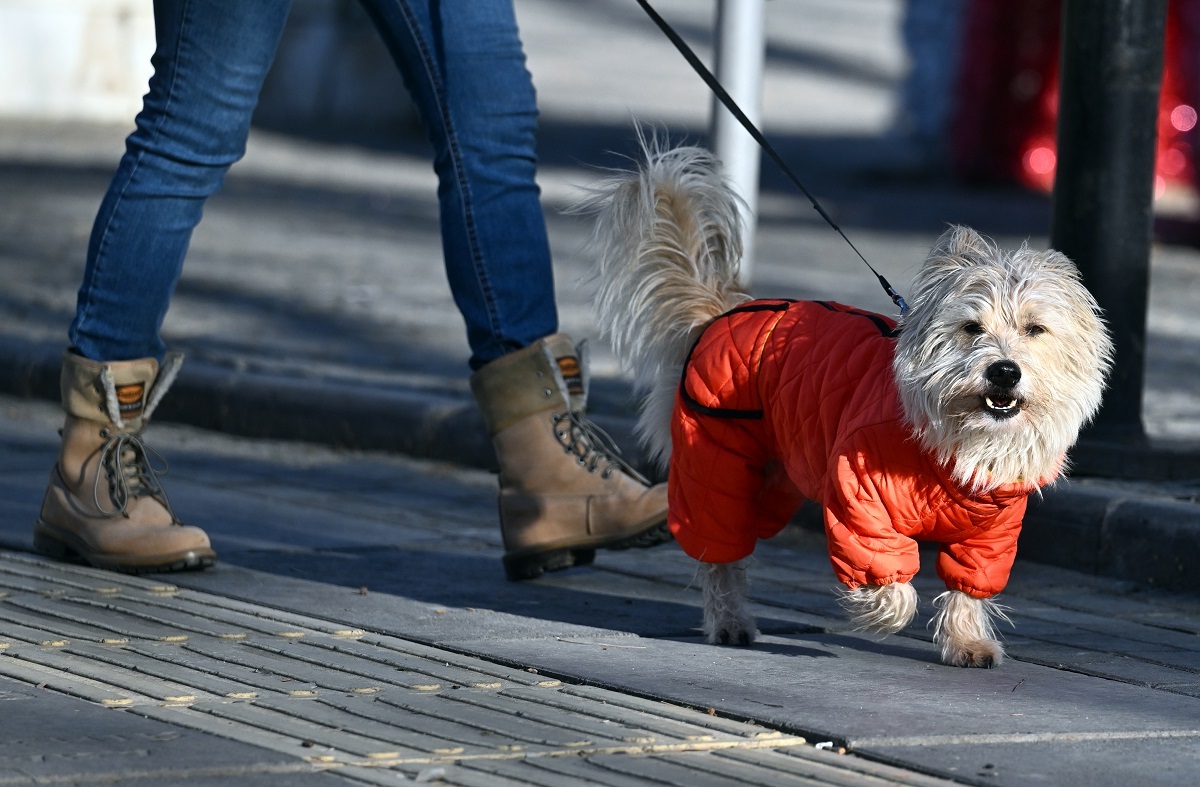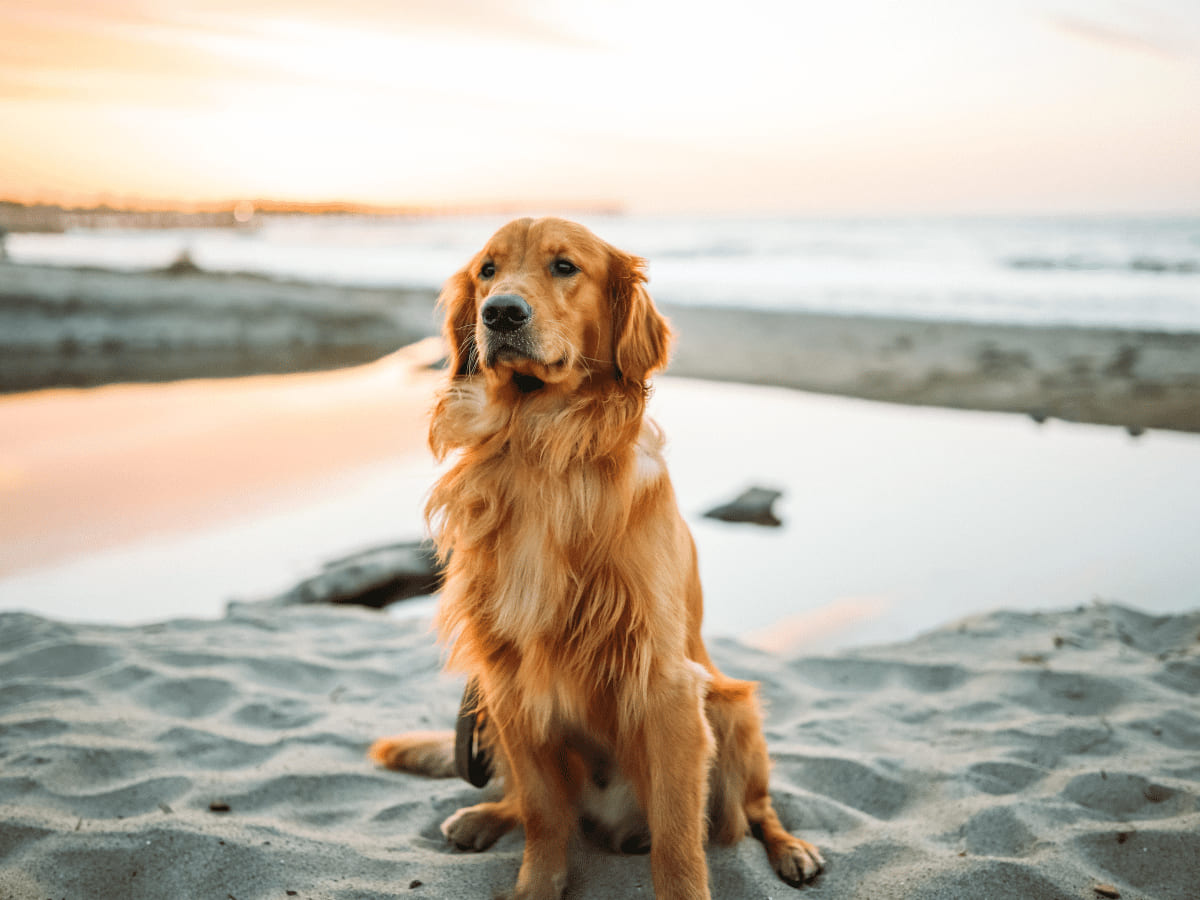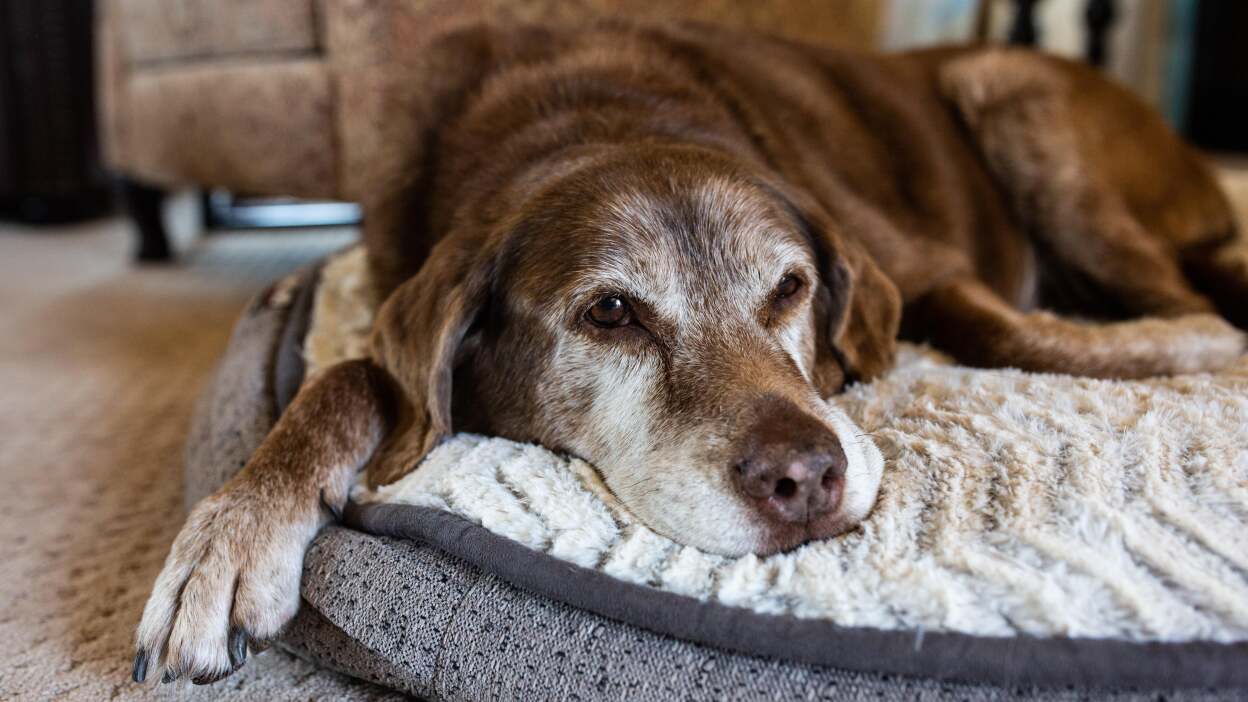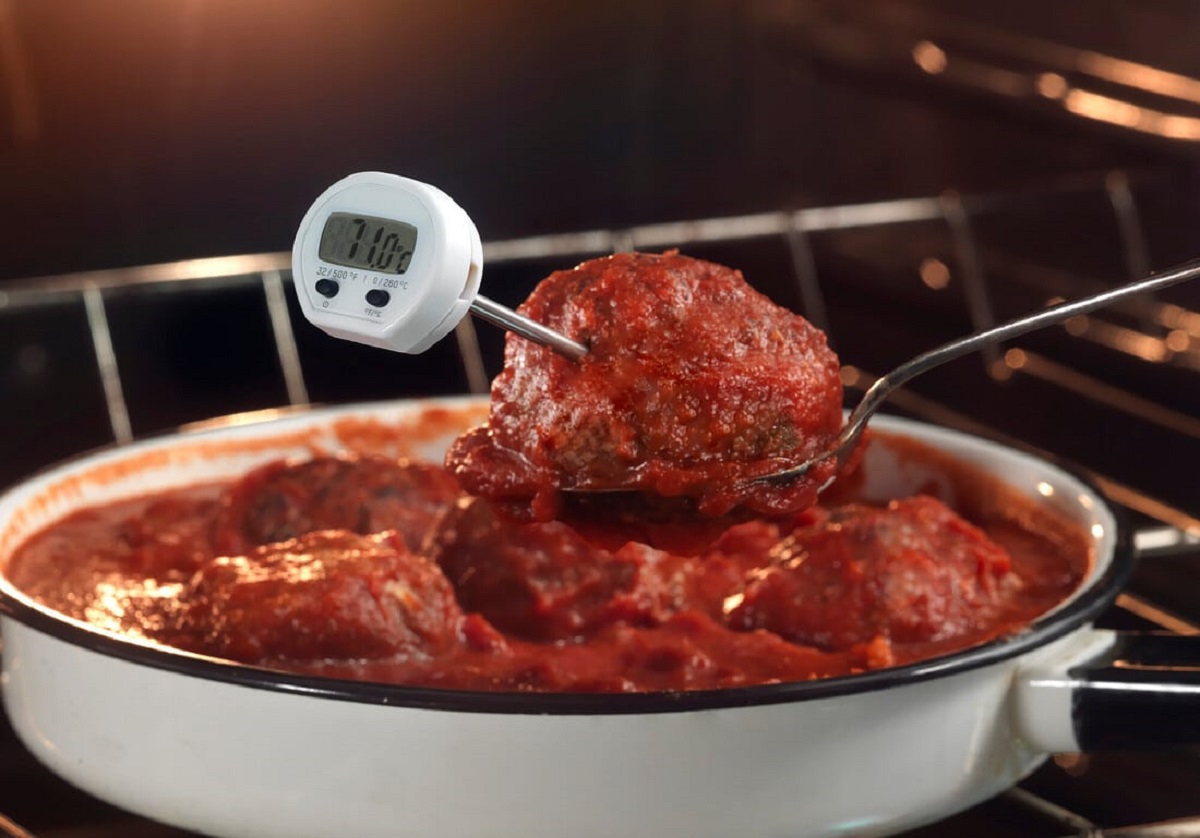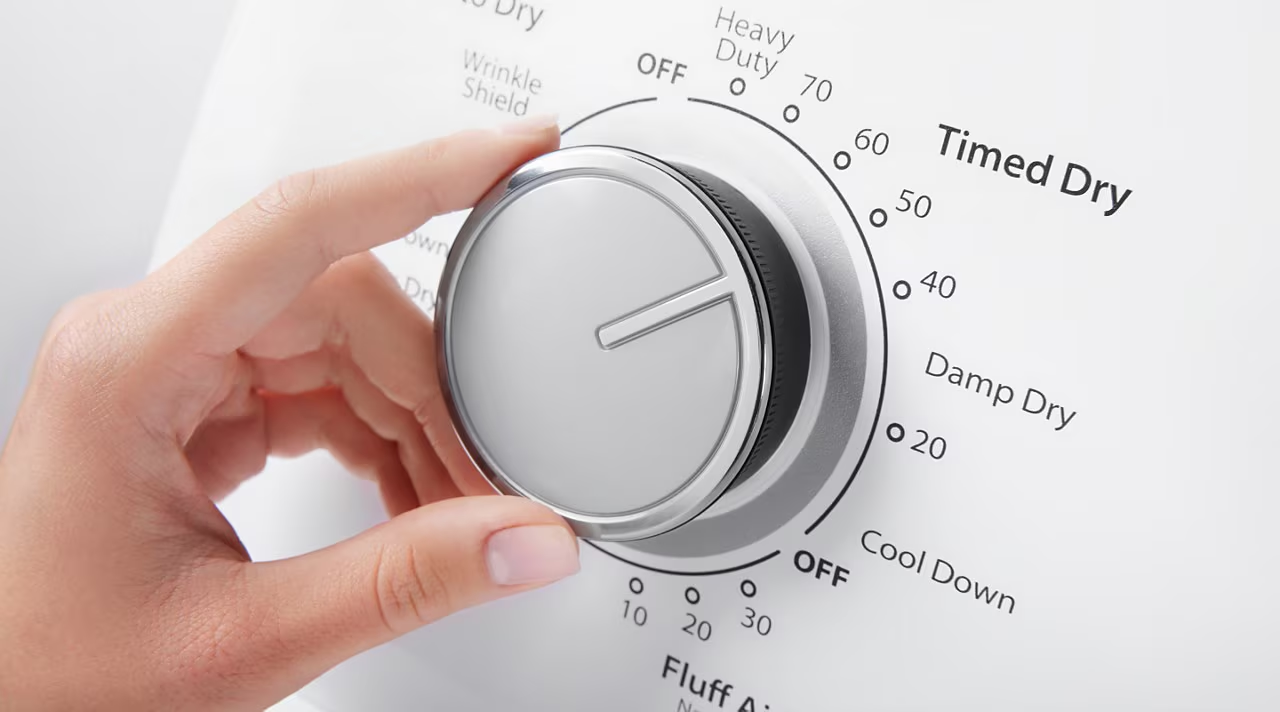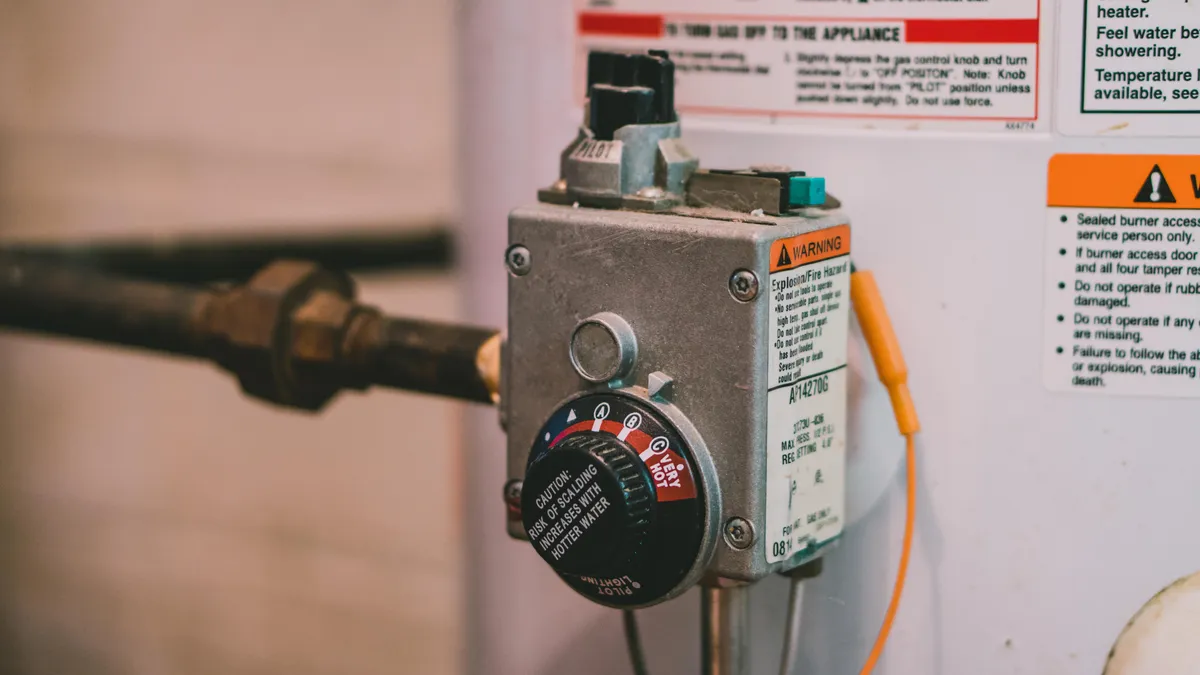Home>Health & Nutrition>Understanding The Temperature Tolerance Of Dogs
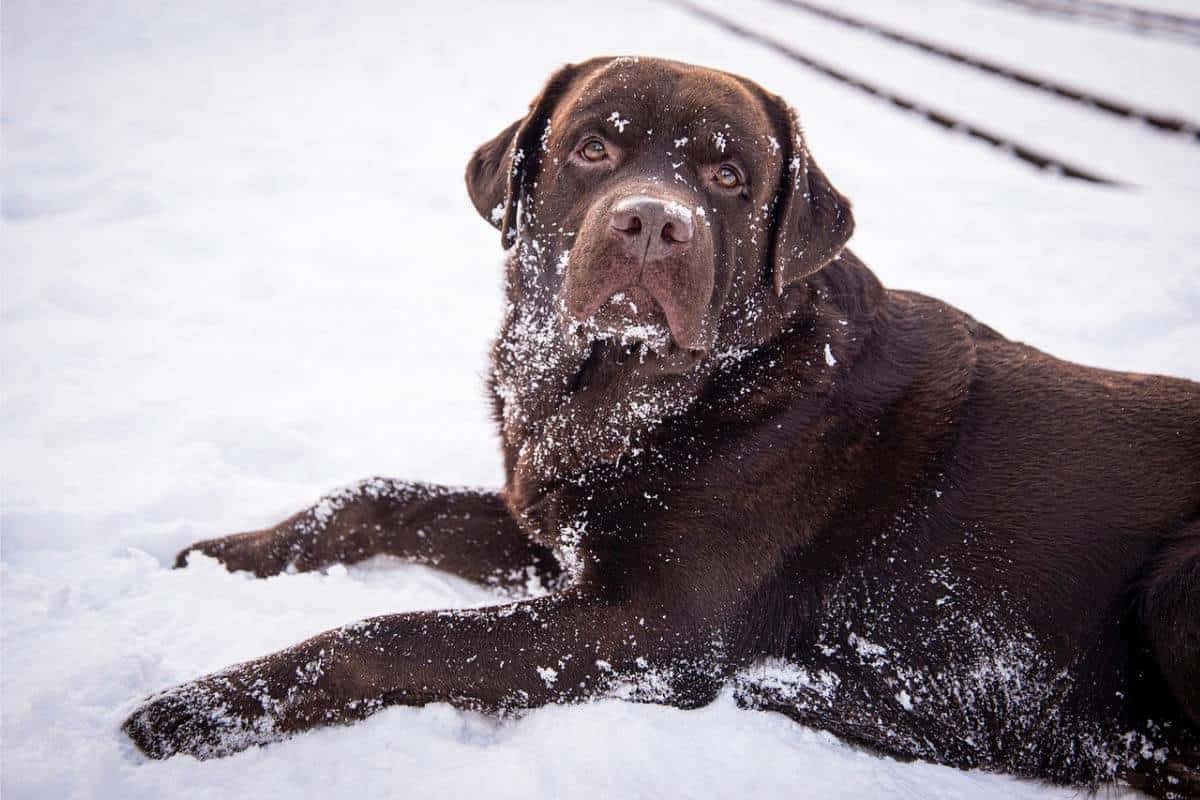

Health & Nutrition
Understanding The Temperature Tolerance Of Dogs
Published: March 4, 2024
Learn about the temperature tolerance of dogs and how it impacts their health and nutrition. Understand the factors that affect their ability to regulate body temperature.
(Many of the links in this article redirect to a specific reviewed product. Your purchase of these products through affiliate links helps to generate commission for Temperatures.com, at no extra cost. Learn more)
Table of Contents
Factors Affecting Dogs' Temperature Tolerance
The temperature tolerance of dogs is influenced by various factors, which play a crucial role in determining how well they can handle different weather conditions. Understanding these factors is essential for ensuring the well-being of our canine companions.
Read more: Ideal Temperature For Dogs To Wear A Coat
1. Breed
Different dog breeds have varying levels of temperature tolerance. Breeds with thick double coats, such as Siberian Huskies and Malamutes, are better equipped to handle cold weather, while those with short coats, such as Chihuahuas and Greyhounds, may struggle in colder temperatures. On the other hand, brachycephalic breeds like Bulldogs and Pugs are more susceptible to heat due to their compromised breathing ability.
2. Coat Type
The type and condition of a dog's coat significantly impact its temperature tolerance. A well-maintained, healthy coat provides insulation against both heat and cold, helping to regulate the dog's body temperature. Regular grooming and appropriate seasonal coat care are essential for supporting the natural temperature regulation mechanisms of the coat.
3. Age and Health
Puppies and senior dogs are generally more sensitive to extreme temperatures. Puppies have not yet fully developed their temperature regulation mechanisms, while older dogs may have reduced physiological resilience. Additionally, underlying health conditions can affect a dog's ability to regulate its body temperature, making it crucial to monitor the well-being of our furry friends, especially in challenging weather conditions.
4. Physical Activity
The level of physical activity directly impacts a dog's temperature tolerance. Engaging in vigorous exercise or play in hot weather can lead to overheating, while insufficient physical activity in cold weather may result in discomfort due to the lack of body heat generation.
Read more: The Ideal Temperature Range For Dogs
5. Acclimatization
Dogs, like humans, can acclimate to different temperature ranges over time. For example, a dog living in a consistently warm climate may have a higher tolerance for heat compared to a dog from a cooler region. Similarly, gradual exposure to colder temperatures can help a dog adapt to chilly conditions.
Understanding these factors is essential for responsibly caring for our canine companions and ensuring their comfort and safety in various weather conditions. By considering these elements, we can make informed decisions to support our dogs' temperature tolerance and overall well-being.
Signs of Heat Stroke in Dogs
Heat stroke is a serious and potentially life-threatening condition that can affect dogs, particularly during hot weather or when exposed to high temperatures for extended periods. Recognizing the signs of heat stroke is crucial for prompt intervention and preventing further complications. Here are the key indicators to watch for:
-
Excessive Panting: Dogs regulate their body temperature primarily through panting. However, excessive panting, especially when accompanied by difficulty breathing, can indicate heat stroke.
-
Dehydration: Sunken eyes, dry or pale gums, and excessive drooling are signs of dehydration, which often accompanies heat stroke.
-
Elevated Body Temperature: A dog's normal body temperature ranges between 100.5°F and 102.5°F. During heat stroke, their temperature can soar to dangerous levels, leading to distress.
-
Increased Heart Rate: A rapid or irregular heartbeat is a common symptom of heat stroke in dogs.
-
Disorientation and Weakness: Heat-stressed dogs may exhibit confusion, disorientation, or weakness, often struggling to stand or walk steadily.
-
Vomiting and Diarrhea: Gastrointestinal distress, including vomiting and diarrhea, can occur as a result of heat stroke.
-
Bright Red Gums and Tongue: In severe cases, the gums and tongue may turn bright red due to the increased blood flow, indicating a critical state of heat stroke.
-
Collapse or Loss of Consciousness: A dog in the advanced stages of heat stroke may collapse or lose consciousness, requiring immediate emergency care.
It's important to note that certain breeds, such as brachycephalic (short-nosed) dogs, are more susceptible to heat stroke due to their compromised breathing ability. Additionally, overweight dogs, elderly dogs, and those with pre-existing health conditions are at higher risk.
If you observe any of these signs in your dog, it's crucial to take immediate action. Move the dog to a cool, shaded area, offer small amounts of water to drink, and use cool (not cold) water to gradually lower their body temperature. However, it's essential to seek veterinary attention without delay, as heat stroke can lead to severe organ damage and even death if not addressed promptly.
By being vigilant and proactive in recognizing the signs of heat stroke, pet owners can play a pivotal role in safeguarding their dogs' well-being during hot weather and ensuring a swift response to potential emergencies.
Breeds with High and Low Temperature Tolerance
Different dog breeds exhibit varying levels of temperature tolerance, influenced by their genetic makeup, coat type, and physiological characteristics. Understanding these breed-specific traits is essential for providing appropriate care and ensuring the well-being of our furry companions.
Breeds with High Temperature Tolerance
-
Siberian Husky: Renowned for their endurance in cold climates, Siberian Huskies possess a remarkable ability to withstand low temperatures. Their thick double coat, consisting of a dense undercoat and longer guard hairs, provides insulation and protection against chilly weather, making them well-suited for cold environments.
-
Alaskan Malamute: Similar to the Siberian Husky, the Alaskan Malamute boasts a robust build and a dense, coarse coat that enables them to thrive in cold conditions. Their strong, muscular frame and thick fur serve as natural defenses against frigid temperatures, reflecting their origins as sled dogs in the Arctic.
-
Chow Chow: With a dense, woolly coat and a distinctive mane around their neck, Chow Chows have a high tolerance for cold weather. Originating from China, where they were utilized for various tasks in the cold northern regions, these dogs are well-adapted to cooler climates.
Read more: Ideal Temperature Range For Dogs In A House
Breeds with Low Temperature Tolerance
-
Chihuahua: Known for their diminutive size and short coat, Chihuahuas are highly sensitive to cold temperatures. Their minimal body fat and lack of substantial fur make them susceptible to chilly weather, necessitating protective measures such as dog clothing or indoor warmth during colder seasons.
-
Greyhound: As a breed with a lean physique and a thin coat, Greyhounds are not well-equipped to handle cold climates. Their low body fat and limited insulation leave them vulnerable to the cold, requiring extra care and attention to prevent discomfort and potential health issues in chilly environments.
-
Bulldog: Brachycephalic breeds like Bulldogs, characterized by their short muzzles and compact build, are prone to overheating in warm weather due to their compromised breathing ability. Their limited capacity for panting and heat dissipation makes them less tolerant of high temperatures, necessitating precautions to prevent heat-related distress.
Understanding the temperature tolerance of specific dog breeds enables pet owners to make informed decisions regarding their care, environment, and overall well-being. By recognizing the unique traits and requirements of each breed, individuals can provide tailored support to ensure their dogs' comfort and health in various weather conditions.
Tips for Keeping Your Dog Cool in Hot Weather
As the temperature rises, it's crucial to implement strategies to help your dog stay cool and comfortable during hot weather. By taking proactive measures, pet owners can safeguard their canine companions from the adverse effects of heat and prevent potential heat-related complications. Here are essential tips for keeping your dog cool in hot weather:
-
Hydration is Key: Ensure that your dog has access to an ample supply of fresh, clean water at all times. Hydration is vital for regulating body temperature and preventing dehydration, especially in warm conditions.
-
Shade and Ventilation: Create shaded areas in your outdoor space where your dog can seek refuge from direct sunlight. Adequate ventilation, such as through open windows or fans, can also help maintain a comfortable environment indoors.
-
Avoid Midday Exercise: Plan outdoor activities and walks during the cooler parts of the day, such as early morning or late evening, to minimize exposure to intense heat. Hot pavement can also cause discomfort or injury to your dog's paw pads, so opt for grassy or shaded areas for exercise.
-
Cooling Accessories: Utilize cooling mats, vests, or bandanas designed for dogs to help lower their body temperature. These accessories provide relief from the heat and can be particularly beneficial for breeds with lower temperature tolerance.
-
Paw Protection: Protect your dog's paws from hot surfaces by avoiding walks on scorching pavement and opting for protective booties if necessary. Hot surfaces can cause burns and discomfort, so it's essential to prioritize paw safety.
-
Avoid Hot Cars: Never leave your dog unattended in a parked car, even for a short period. The interior of a car can quickly reach dangerous temperatures, posing a severe risk of heat stroke and distress for pets.
-
Grooming and Coat Care: Regular grooming, including brushing and, if appropriate, trimming your dog's coat, can help manage their body temperature. However, it's important to consult with a professional groomer to determine the best approach for your dog's specific coat type and breed.
-
Water Play: Introduce water-based activities, such as shallow pools or sprinklers, to provide a refreshing outlet for your dog to cool off. Supervised water play can be an enjoyable and effective way to beat the heat.
-
Monitoring Signs of Overheating: Stay vigilant for signs of heat stress, including excessive panting, drooling, lethargy, and disorientation. If you observe any concerning symptoms, seek immediate veterinary attention.
By implementing these tips, pet owners can proactively support their dogs' well-being and comfort during hot weather. Prioritizing hydration, shade, and appropriate cooling measures is essential for mitigating the risks associated with high temperatures and ensuring a safe and enjoyable experience for our furry companions.
Understanding Cold Weather Tolerance in Dogs
Cold weather presents unique challenges for dogs, particularly those with varying levels of cold tolerance based on their breed, coat type, and individual characteristics. Understanding how dogs respond to chilly conditions is essential for providing appropriate care and ensuring their well-being during winter months.
Breed-Specific Adaptations
Certain dog breeds have evolved to thrive in cold climates, equipped with physiological and behavioral adaptations that enable them to withstand low temperatures. Breeds such as the Siberian Husky, Alaskan Malamute, and Bernese Mountain Dog possess thick, insulating coats, robust builds, and efficient heat retention mechanisms, making them well-suited for cold weather environments. These breeds often exhibit a natural affinity for snow and cooler temperatures, reflecting their historical roles as working dogs in frosty regions.
Coat Insulation and Maintenance
A dog's coat plays a pivotal role in regulating body temperature and providing protection against the cold. Breeds with double coats, consisting of a dense undercoat and longer guard hairs, offer superior insulation and resistance to chilly conditions. Regular grooming and coat maintenance are essential for preserving the insulating properties of the coat, preventing matting, and ensuring optimal protection against the cold.
Behavioral Adjustments
In response to cold weather, dogs may exhibit behavioral adjustments to conserve heat and maintain comfort. This can include seeking sheltered areas, curling up to minimize exposed skin surface, and engaging in physical activity to generate body heat. Understanding and accommodating these natural behaviors can support dogs in managing their cold tolerance and adapting to winter conditions.
Individual Sensitivity and Health Considerations
While breed and coat type are influential factors, individual dogs may demonstrate varying levels of cold tolerance based on their age, health status, and acclimatization. Puppies and senior dogs are generally more susceptible to the cold, requiring additional protection and monitoring during chilly weather. Dogs with pre-existing health conditions, such as arthritis, may experience exacerbated discomfort in cold temperatures, necessitating tailored care to alleviate potential issues.
Protective Measures
To support dogs in cold weather, pet owners can implement protective measures such as providing insulated shelter, using dog-specific winter clothing, and adjusting outdoor activities to minimize exposure to extreme cold. Additionally, ensuring access to fresh, unfrozen water and monitoring for signs of frostbite or hypothermia are crucial aspects of cold weather care for dogs.
By comprehensively understanding the factors influencing cold weather tolerance in dogs and tailoring care to meet their specific needs, pet owners can promote the well-being and comfort of their canine companions during winter, fostering a safe and enjoyable experience for dogs in chilly environments.
